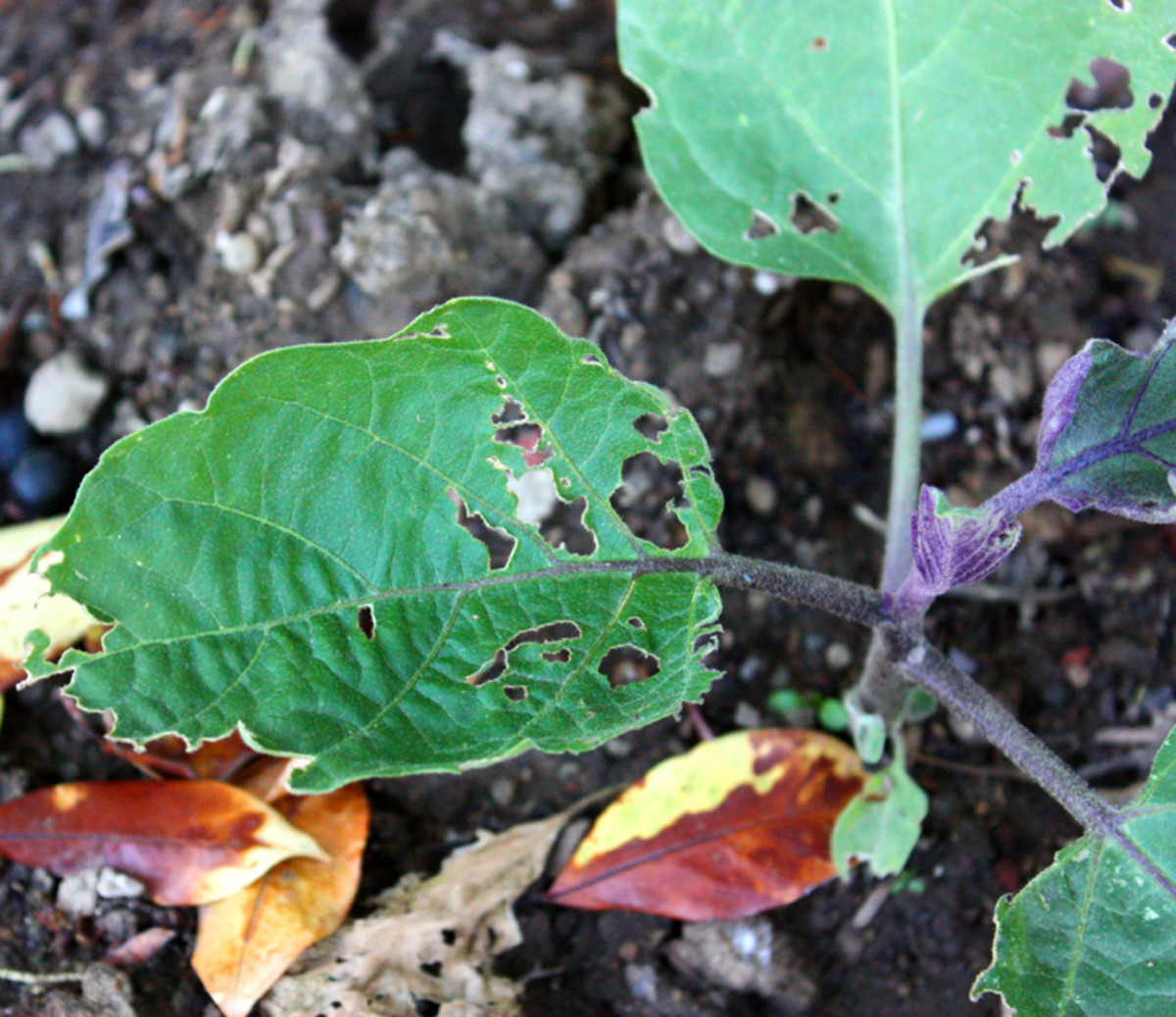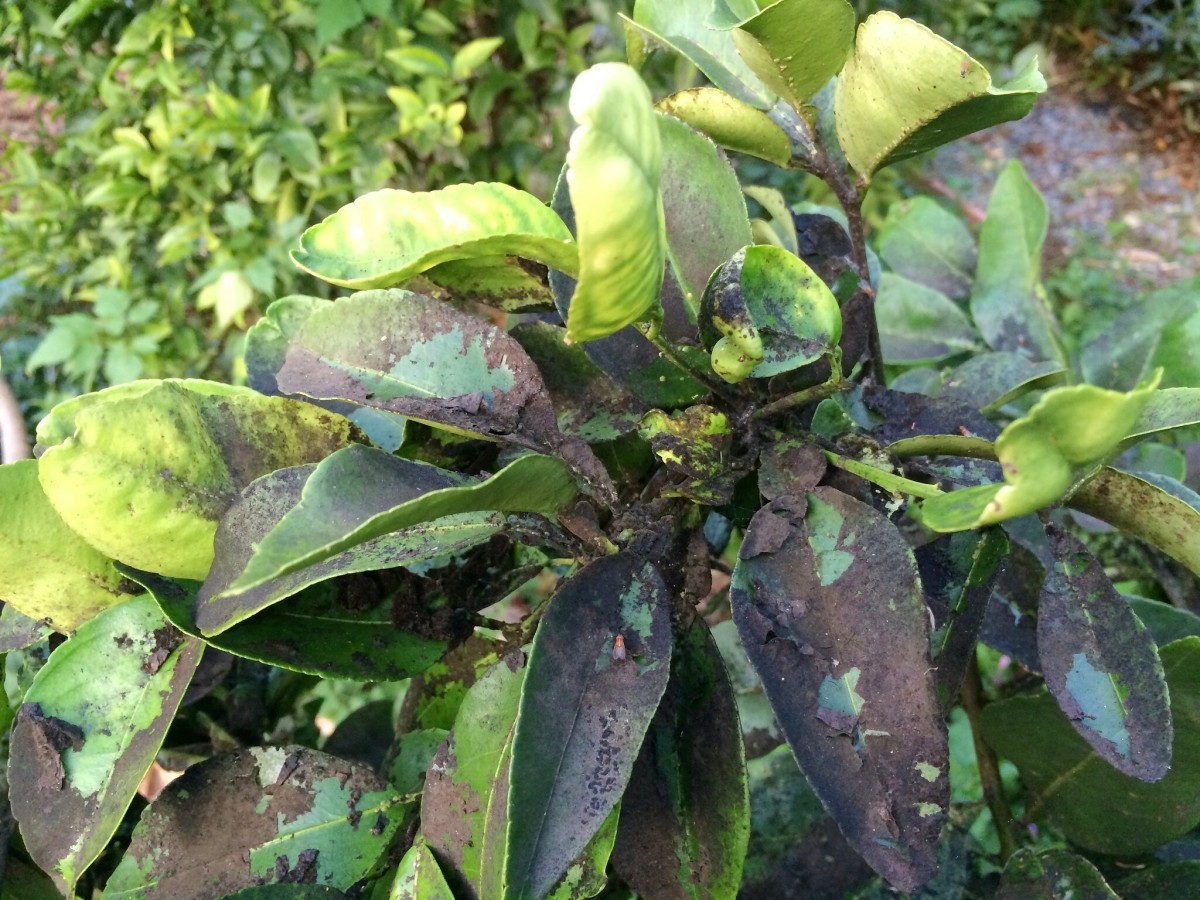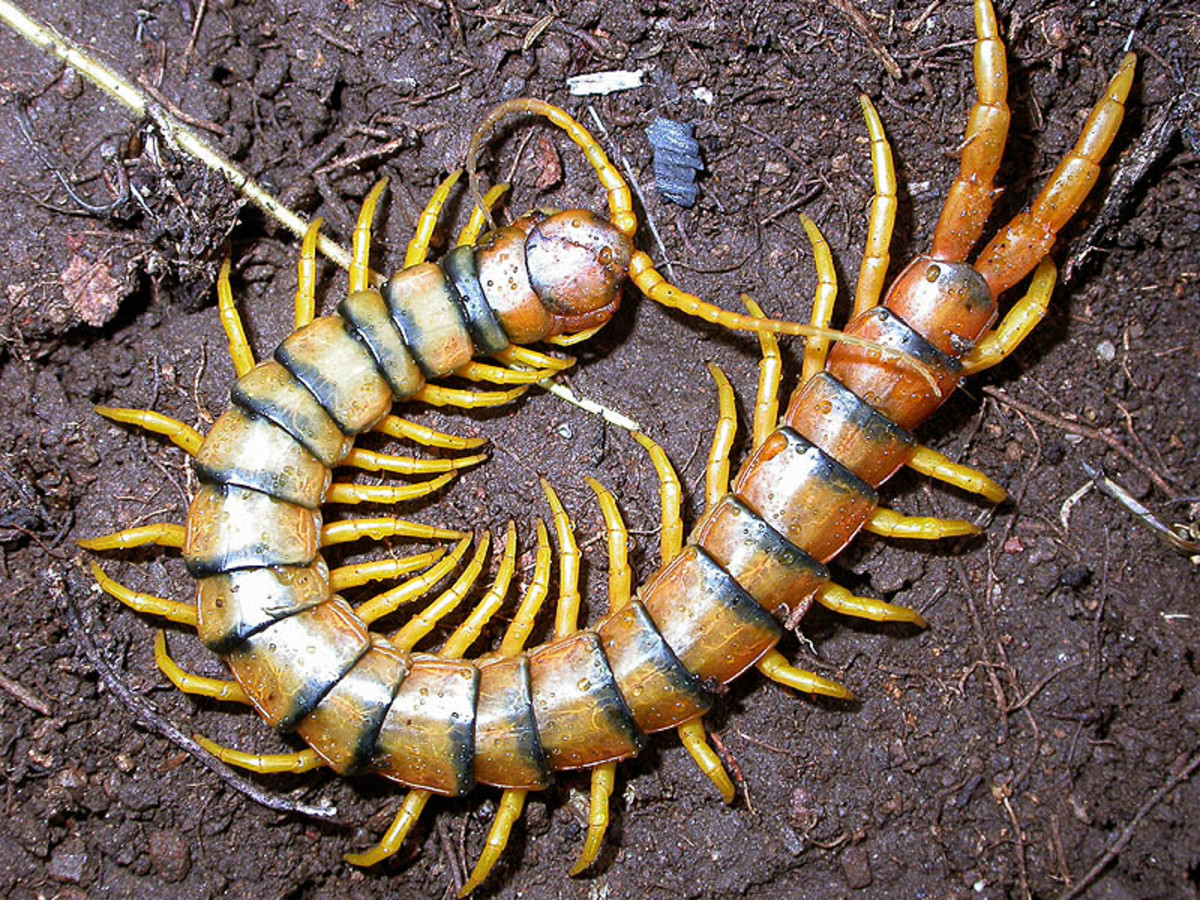How to Get Rid of Slugs
I hate slugs, who doesn't? I have spent hundreds of dollars on plants for our yard and the slimeballs come rolling in every night for an expensive late-night dinner. Already this spring I am seeing significant damage on my emerging delphiniums, peonies, hellebores, iris, and helenium. Getting an early start and combining several techniques are helping me keep the nasty garden pests at bay.
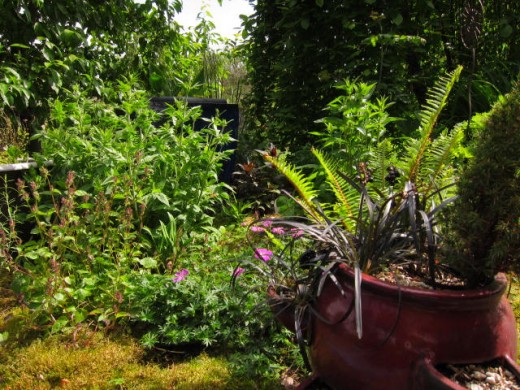
Beer traps
Tuna cans with a little beer in the bottom are not an old wive's tale. They really work. As soon as the weather got above 40 degrees, I sunk a few tuna cans in the dirt, poured in a little PBR, and had close to a hundred dead slugs the next morning. The cans need cleaned out and refreshed with beer bait once a week. I cover them with a plastic bag when rain is expected.
But this method doesn't eradicate the problem. I have 30 places in my gardens where slugs munch on new growth and placing cans in every area isn't practical. So instead, I primarily rely on sodium ferric pellets.
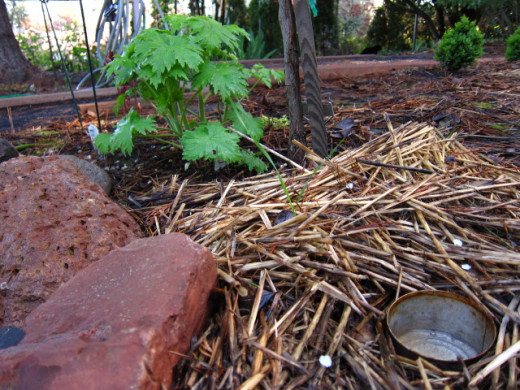
Sodium ferric pellets
If you only have enough money to buy one slug control product, buy a pellet form of sodium ferric and place 10 or so pellets near plants under attack. The bait needs reapplication after rains, but it is very effective in reducing slug populations and fairly harmless to other insects and the soil.
Here in Oregon, I start spreading slug bait in February and continue throughout the spring. Slugs are still a problem but I don't have nearly as many as I did five years ago. Some gardeners say iron phosphate pellets work better for them, but that product has not worked for me.
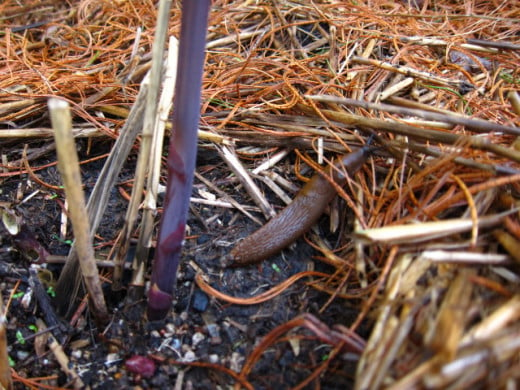
Metaldehyde
When a plant is experiencing a really bad attack, I go nuclear and sprinkle a few metaldehyde flakes on the leaves, trying to keep it off the soil. For example, my campanula has been looking terrible, so I resorted to this stronger product to take care of whatever pests are eating it along with the slugs. The toxicity of metaldehyde is a matter of dosage. An Ohio State University study found the pesticide didn't kill earthworms, but I can tell you from experience that the powder form does indeed kill small worms.
Metaldehyde is a simple organic substance similar to wood alcohol. It quickly breaks down into harmless components according to Growing Vegetables West of the Cascades by Steve Solomon. Slugs intoxicate themselves to death with metaldehyde in the same way they'll happily drown themselves in beer.
Be careful using the pellet form of metaldehyde around pets. Sebastian, the cat who will eat anything, ate some in the neighbor's yard and was lethargic for two days. Putting the pellet form in a plastic tube or under a pie tin will discourage pets, plus slugs happily crawl into dark places.
While visiting a golf course last year, I was admiring their perfect hostas and iris and noticed thin silver lines around several plants. Aha! The professionals have a secret weapon! I figured out their secret weapon is a gel form of metaldehyde (Deadline) and have been getting good results squeezing a thin line around sensitive plants as a last resort. The liquid form doesn't seem to kill worms the way the powder does.
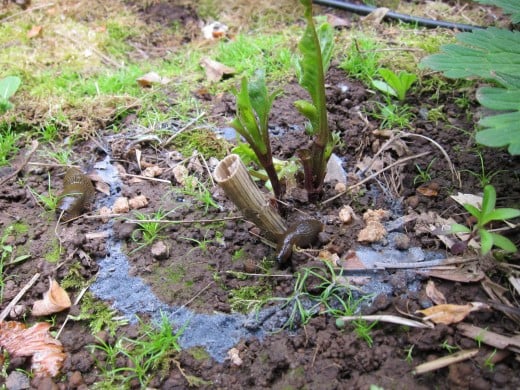
Sources:
McDonnell, Rory, et al. "Slug Control." Pacific Northwest Pest Management Handsbooks. Oregon State University, March 2019, www.pnwhandbooks.org/insect/ipm/slug. Accessed 22 May 2019.
Solomon, Steve. Growing Vegetables West of the Cascades, 5th ed. Sasquatch Books, 2000.
This content is accurate and true to the best of the author’s knowledge and is not meant to substitute for formal and individualized advice from a qualified professional.
© 2015 Jill Townley

